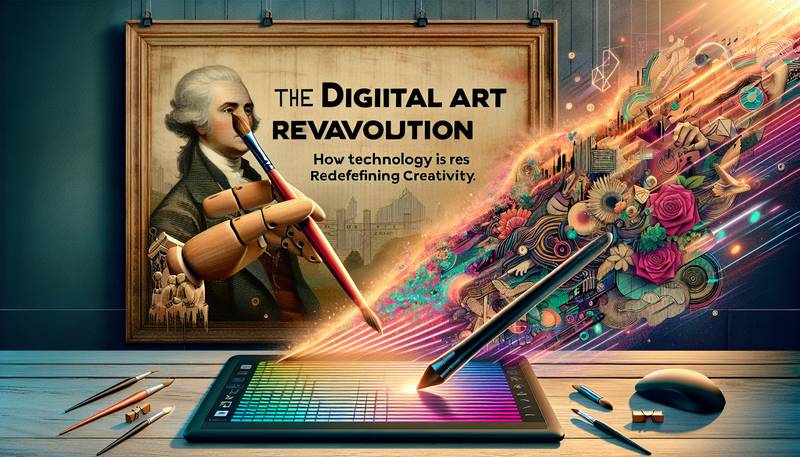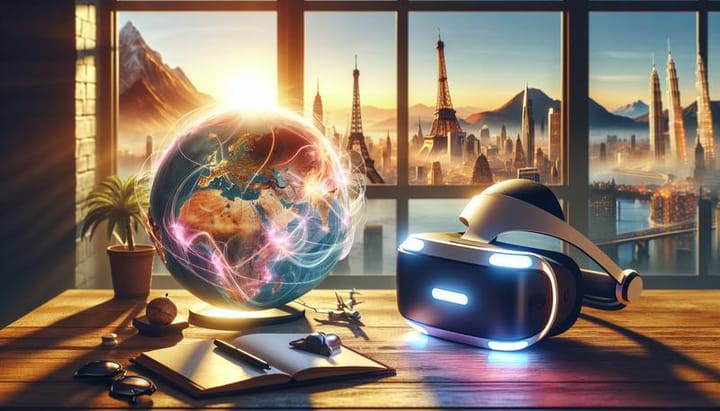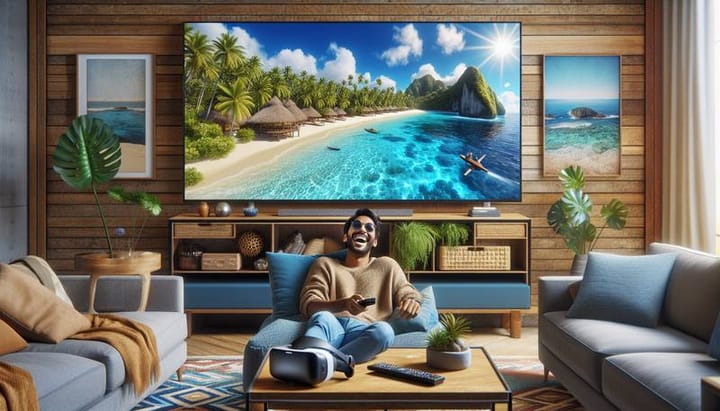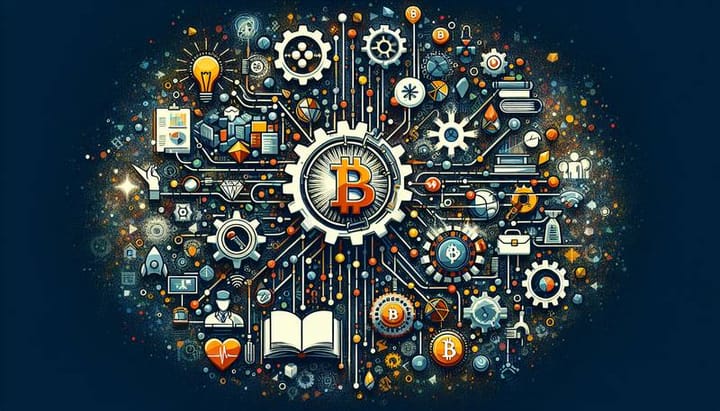The Digital Art Revolution: How Technology is Redefining Creativity

The world of art has always been one of constant evolution, with new techniques and styles emerging to challenge and inspire artists and audiences alike. But in recent years, the digital revolution has taken the art world by storm, transforming the way we create, share and experience art. Digital technology has opened up new possibilities for artistic expression, allowing artists to push the boundaries of creativity and redefine what art can be. From digital painting and 3D modeling to virtual reality and artificial intelligence, technology is changing the game for artists and art lovers everywhere. In this article, we’ll explore the many ways in which the digital art revolution is redefining creativity and shaping the future of art.
The Rise of Digital Art
Digital art has been around since the 1960s, but it wasn’t until the advent of personal computers and the internet that it really took off. Today, digital art is a thriving and diverse field, encompassing everything from graphic design and photography to animation and video games. With the help of powerful software and hardware, artists can create stunning works of art that were once impossible to achieve. Digital art is also more accessible than ever before, with online platforms and social media making it easier for artists to share their work with a global audience.
Breaking Down Barriers
One of the most exciting things about digital art is the way it breaks down barriers between different forms of artistic expression. Artists can combine elements of painting, sculpture, photography and more to create hybrid works that defy categorization. Digital art also blurs the line between the real and the virtual, with artists using technology to create immersive experiences that transport viewers to other worlds. This fusion of art and technology is expanding the possibilities of what art can be, and challenging our preconceived notions of what it means to be an artist.
Tools of the Trade
The tools available to digital artists are constantly evolving, with new software and hardware emerging all the time. From Photoshop and Illustrator to Maya and Unreal Engine, the range of options is staggering. These tools allow artists to experiment with different techniques and styles, pushing the limits of their creativity. They also make it easier for artists to collaborate with others, whether they’re working on a film, a video game or a virtual reality experience. Technology is not only changing the way artists create, but also the way they work together.
The Impact of Digital Art on Traditional Art Forms
While digital art is often seen as a separate entity, it has had a profound impact on traditional art forms as well. Painters, sculptors, and photographers are increasingly incorporating digital techniques into their work, using technology to enhance their artistic vision. Digital art has also influenced the way we think about art, with many people now viewing it as a fluid and dynamic form that can take many different shapes. This has led to a greater appreciation for the value of creativity in all its forms, and a willingness to embrace new and unconventional approaches to art.
Democratizing Art
One of the most significant ways in which digital art is redefining creativity is by democratizing the art world. With the rise of online platforms and social media, artists no longer need to rely on galleries and museums to showcase their work. Instead, they can reach a global audience with the click of a button, bypassing traditional gatekeepers and connecting directly with fans and collectors. This has made it easier for emerging artists to gain visibility and build a following, and has opened up new opportunities for collaboration and experimentation.
Challenging the Status Quo
The digital art revolution is also challenging the status quo in the art world, with many artists using technology to address social and political issues. From digital activism to virtual reality documentaries, artists are finding new ways to engage with the world around them and make their voices heard. This has led to a new wave of art that is not only visually stunning, but also thought-provoking and impactful. Technology is not only redefining creativity, but also the role of art in society.
The Future of Digital Art
As technology continues to advance, the future of digital art looks brighter than ever.With developments like artificial intelligence and augmented reality, artists will have even more tools at their disposal to create works that are truly out of this world.We can also expect to see more collaboration between artists and technologists, as they work together to push the boundaries of what art can be. The digital art revolution is just getting started, and it’s clear that it will continue to redefine creativity for years to come.
Embrace the Digital Art Revolution
The digital art revolution is not only changing the way we create and experience art, but also the way we think about creativity itself. It’s an exciting time to be an artist or an art lover, with new possibilities emerging all the time. Whether you’re a painter, a photographer or a 3D modeler, there’s never been a better time to embrace the digital art revolution and see where your creativity can take you.


